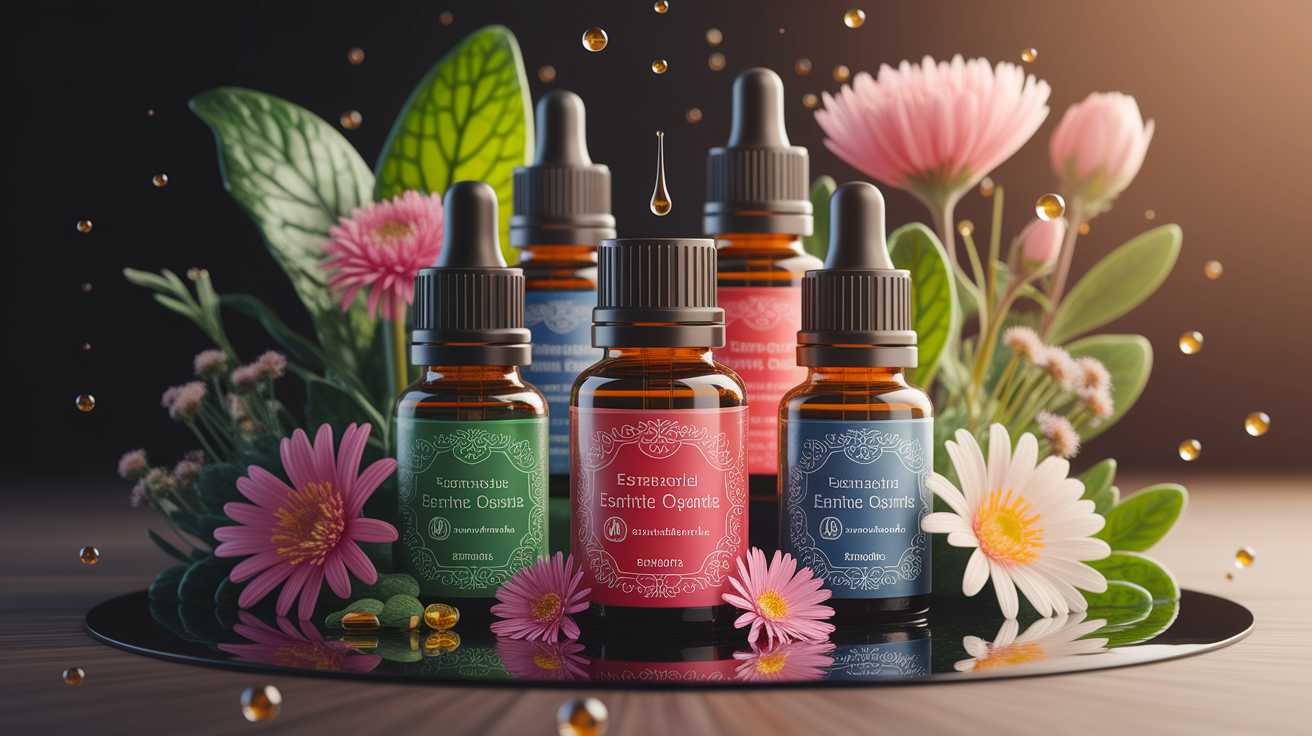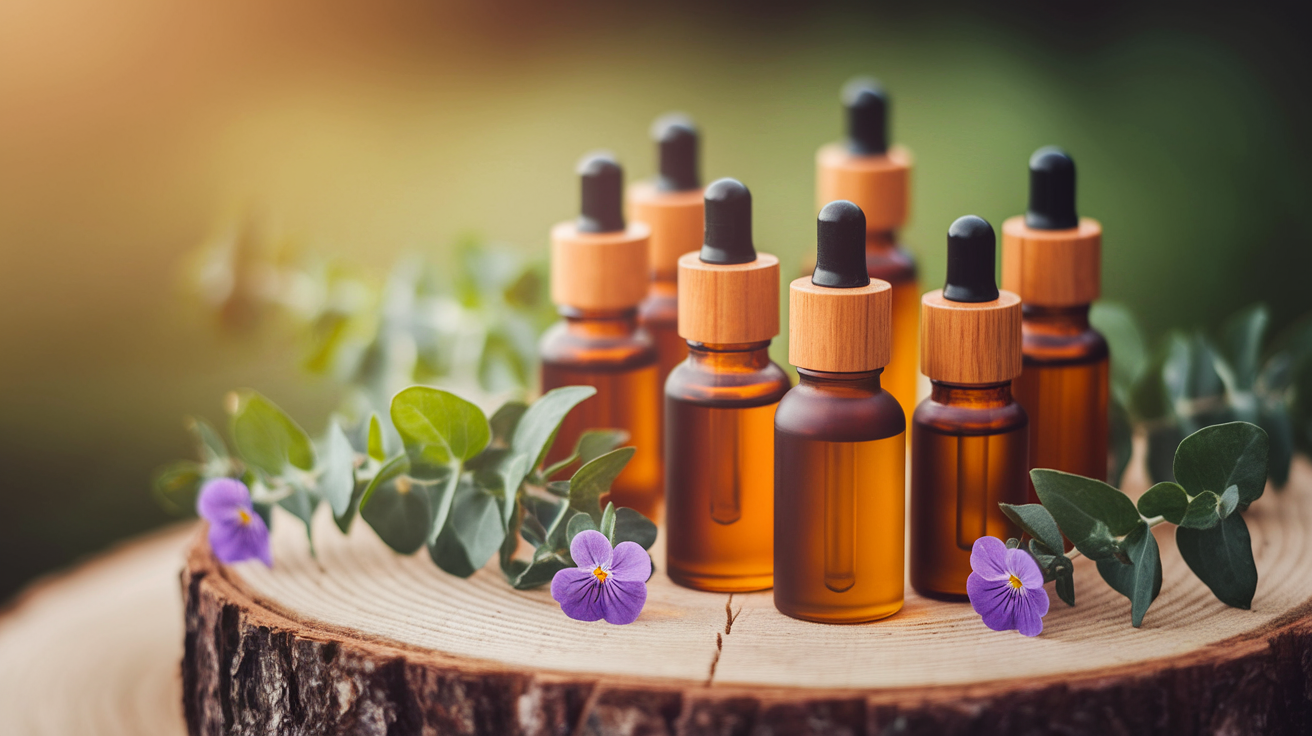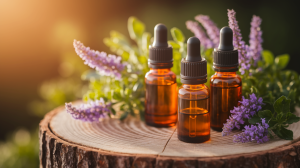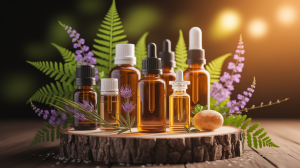Clean Hands, Green Chemistry
There was a moment one winter when I found myself staring at the back of a commercial hand sanitizer bottle and squinting at the alphabet soup of ingredients. That was the spark. I knew there had to be a way to keep my hands germ-free without coating them in things I couldn’t even pronounce. The beauty of green chemistry is that it gives you the tools to fight microbes with powerful, plant-based allies, while keeping your skin happy and environmental impact low. It’s about pairing solid science with natural ingredients — and yes, it works just as well as the store-bought kind when done right.

Think of it as that perfect balance — the heady satisfaction of knowing exactly what’s in your bottle, and the comfort of knowing it’s tough on germs but gentle on you.
Getting the Basics Right—Alcohol and Carrier Base
Here’s the non-negotiable part: to actually take down viruses and bacteria, your sanitizer needs at least 60% alcohol. I learned quickly that the balance is everything — too little and you’re wasting your time, too much and your hands feel like desert sand. The sweet spot, advised by experts, is about two parts alcohol to one part aloe vera gel. This keeps it potent but less drying. Both isopropyl alcohol and ethanol work beautifully in an organic formulation as long as you stick within the 60–99% alcohol range before mixing. Aloe vera gives that silky slip and soothes skin, and if you want to step it up even more, a touch of glycerin or vitamin E oil can make your hands feel like they’ve had a mini spa treatment, not a chemical scrub-down.

Essential Oils—Adding Germ-Fighting Power
This is where things get both practical and a little indulgent. Essential oils aren’t just there to make your sanitizer smell like a meadow after rain; some have serious antimicrobial properties. Tea tree oil is the heavy hitter — sharp, earthy, and notorious for kicking germs to the curb. Eucalyptus oil adds a cooling, clean note and brings extra antiviral punch. Lavender oil is gentler, but it has antibacterial agents and a calming scent that turns a quick hand-clean into a tiny aromatherapy break. Combining them is like building a little symphony: they work together on a microbial level and wrap you in a cloud of natural fragrance while doing it. The best part? They help mask that sharp alcohol smell you usually can’t wait to escape from.

Step-by-Step DIY Recipe
When I first tried this recipe, I had a table strewn with bottles, droppers, and a faint whiff of eucalyptus in the air that made me feel like I was brewing something magical. Here’s the exact method that’s landed in my personal “never fail” binder:

- Measure 2/3 cup (about 160 ml) isopropyl alcohol (91–99%) or ethanol.
- Add 1/3 cup (about 80 ml) aloe vera gel — the fresher and cleaner the better.
- Drop in 8–10 drops tea tree oil, 6–8 drops lavender oil, and 4–5 drops eucalyptus oil. Adjust to suit your scent preference, but keep total essential oils under about 1–2% of the final volume for skin safety.
- Optional: stir in 1 teaspoon of glycerin or a few drops of vitamin E oil for added moisture.
- Whisk or shake until evenly mixed. A small funnel makes this step much tidier — I learned that the hard way when I tried to “just pour” and decorated my counter instead.
- Pour into dark amber glass pump bottles or squeeze bottles. Label it so no one mistakes it for anything else.
That’s it — a homemade hand sanitizer recipe that works hard and smells wonderful.
Safety Measures and Best Practices
Here’s where the calm, methodical side kicks in. Essential oils, for all their charm, should always be treated with respect. Keep your alcohol concentration high enough; anything less than 60% after mixing isn’t doing the job. Stick to safe, skin-compatible amounts for oils to avoid irritation or allergy flare-ups. Prepare your mix on a clean surface with clean utensils — a few minutes of care here means a safe, effective product later. Store your sanitizer in dark bottles to protect those delicate botanical extracts from light. And one tip from experience: if you’ve got a paper cut, skip applying these concoctions onto it unless you enjoy the sensation of tiny fireworks on your skin.

You can find more essential oil safety guidelines and carrier oil combinations to prevent dryness so your hands don’t end up chapped and sore.
Keep It Clean, Keep It Natural
There’s a special thrill in using something you’ve crafted yourself — especially when it’s both practical and a pleasure to use. By sticking to proven proportions, pairing potent alcohol with soothing aloe vera, and layering in the right blend of essential oils, you create an organic hand hygiene solution that’s kind to the planet and to you. Every time I pump a drop into my palm, I get that crisp whiff of lavender and eucalyptus, and there’s a strange little moment of joy in knowing it’s truly mine — powerful, natural, and free from the mystery cocktail of commercial formulas. Clean hands, clear conscience. That’s a win in my book.













